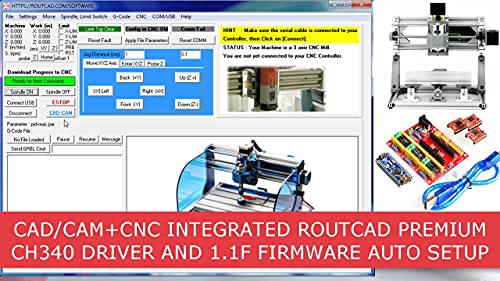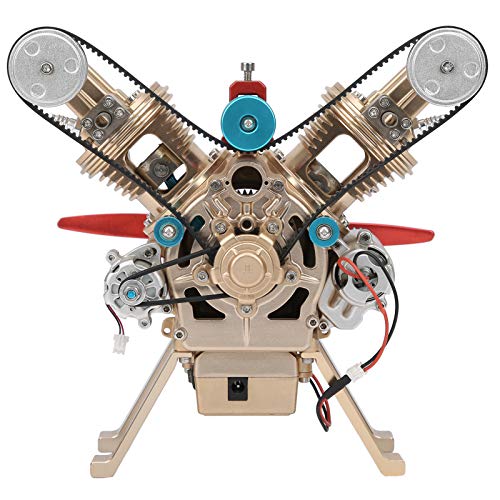Hi guys,
I have a model airplane engine that is dear to me, but it is suffering from a peeling cylinder liner. These engines have a removable liner that is typically nickel plated, but sometimes chrome is used instead.
Parts for the engine are impossible to come by, and my only option is to re-plate the cylinder bore with either nickel or chrome. I'm fairly handy, been doing some light machining now for several years in my spare time... Is hard-chroming or hard-nickel plating something that is possible with a "home plating kit"?
Also, if any of you have experience with plating cylinder bores, could I convince you (with a cash reward of course) to possibly do this for me if I shipped you the liner?
Thanks so much!!!
I have a model airplane engine that is dear to me, but it is suffering from a peeling cylinder liner. These engines have a removable liner that is typically nickel plated, but sometimes chrome is used instead.
Parts for the engine are impossible to come by, and my only option is to re-plate the cylinder bore with either nickel or chrome. I'm fairly handy, been doing some light machining now for several years in my spare time... Is hard-chroming or hard-nickel plating something that is possible with a "home plating kit"?
Also, if any of you have experience with plating cylinder bores, could I convince you (with a cash reward of course) to possibly do this for me if I shipped you the liner?
Thanks so much!!!
































































